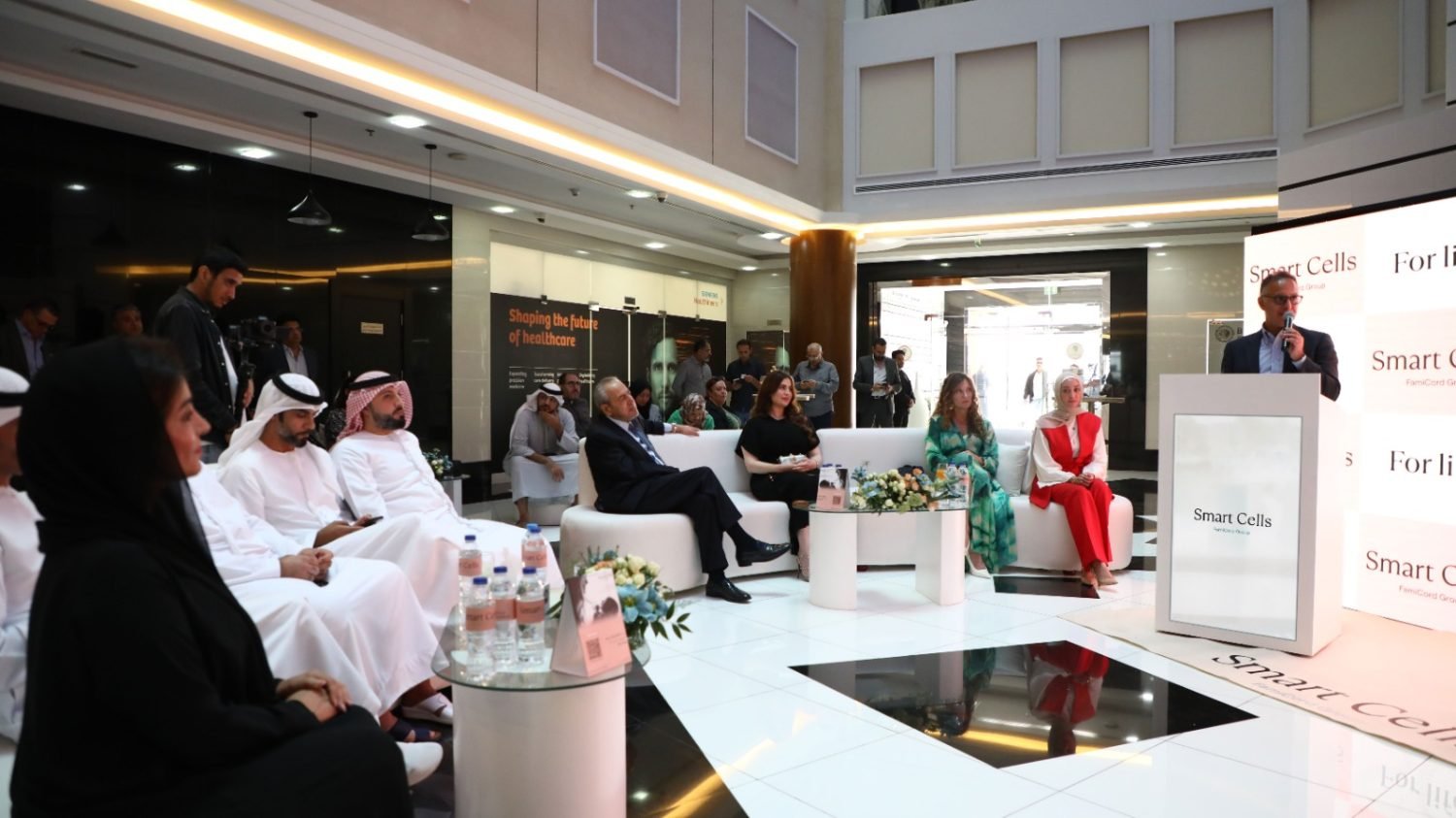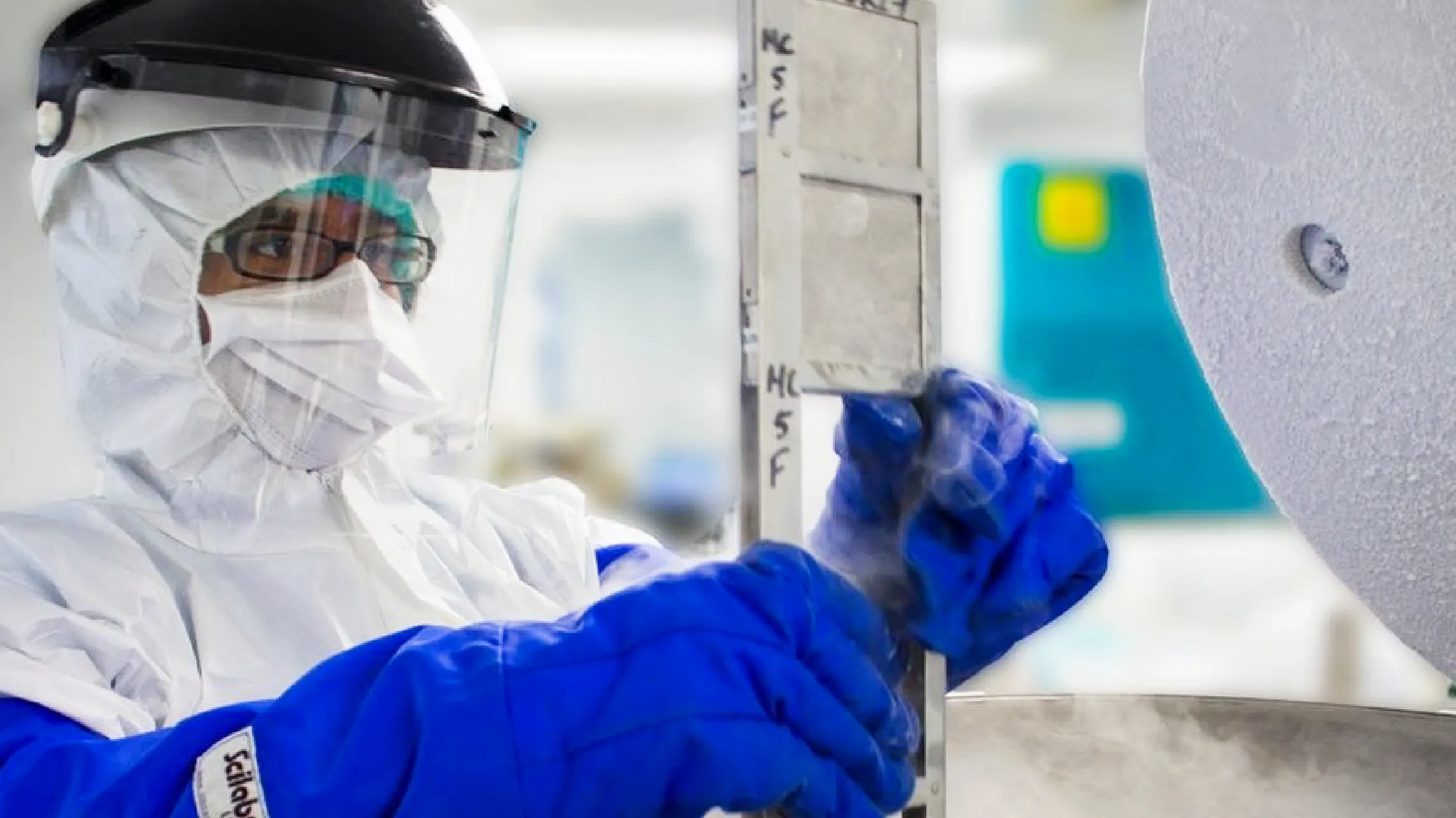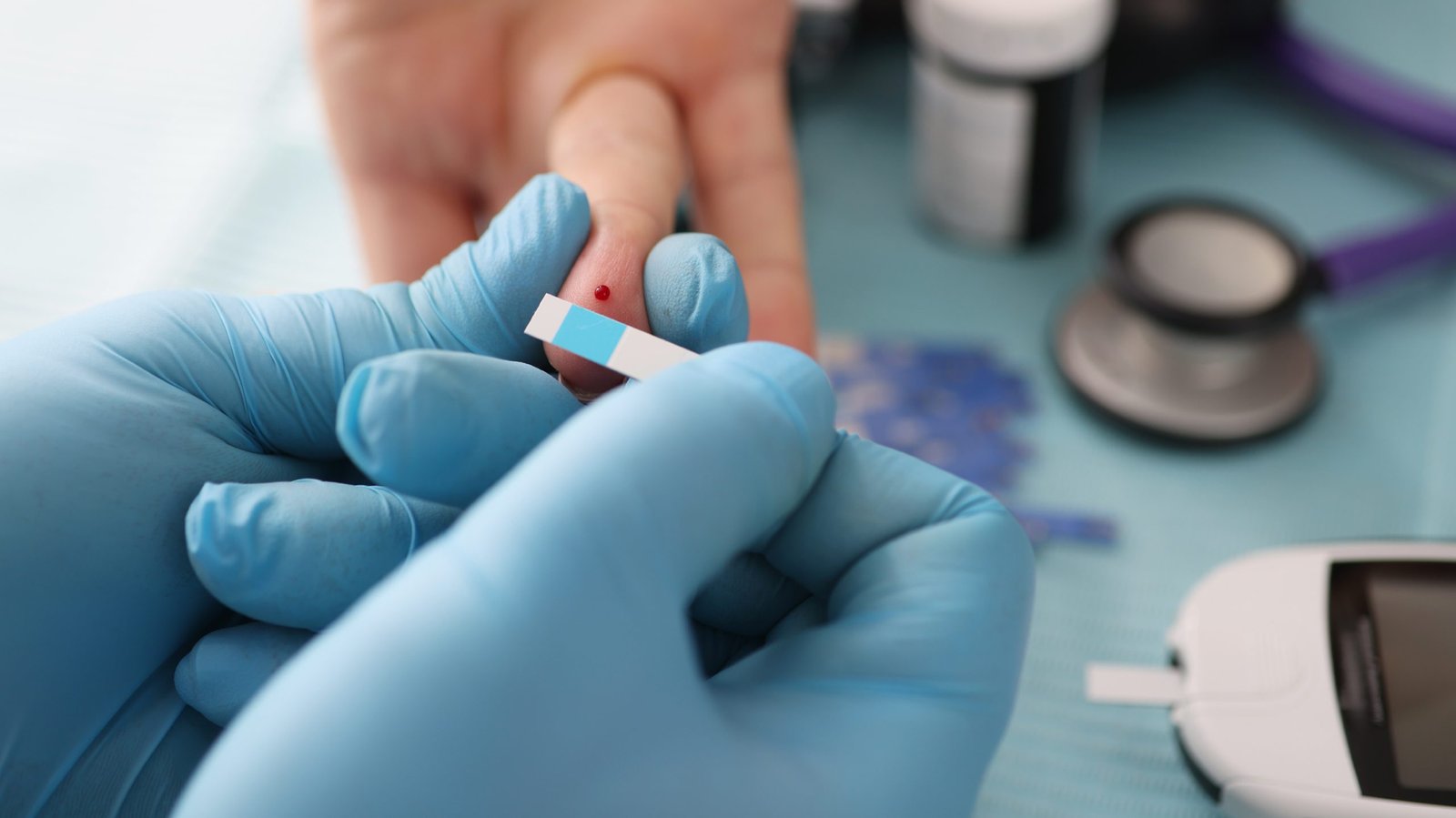
In recent years, several companies have promoted a service for cord blood banking leftover umbilical after birth. This banked blood can potentially be used by the baby or other family members for future illnesses requiring stem cell transplantation.
The processing and cryopreservation of this blood come with a substantial cost.
The American College of Obstetrics and Gynecology views this as a speculative investment, lacking scientific evidence to support it. Currently, it is unknown what effects long-term storage has on the blood or if the stored amounts would be sufficient for treatment.
However, in some cases of families with certain hereditary anemias, it may be crucial to obtain fresh stem cells from cord blood for a sibling of the newborn. This necessitates special advance arrangements.
If a family has certain hereditary medical conditions, cord blood collection might be a viable option. Additionally, there could be future uses for cord blood that are not currently available.
Cord blood banking examines and handles the cord blood they collect. Each individual’s blood and cells possess distinct traits. For stem cell therapy to be effective in treating a disease, there must be compatibility between the characteristics of the donated stem cells and those of the recipient. This compatibility, or match, indicates similarity in these traits. When a match is found, stored stem cells can aid the recipient’s immune system in combating illnesses.
When opting to store cord blood, it undergoes processing and testing before being classified. This categorization enables the cord blood banking to identify the most suitable match when it’s required for a sick individual.
Hospital policies vary, but it’s advisable to make your decision before reaching the 34th week of pregnancy. Some hospitals may not have cord blood banking kits readily available, and certain cord blood banks may need to dispatch kits to the hospital as required. Ahead of collection, you’ll be required to fill out a consent form and provide information about your health history. Moreover, private banks typically request payment for the collection fee prior to your delivery.
If you opt to preserve your infant’s cord blood, your healthcare provider will gather it immediately after clamping and cutting the umbilical cord. A needle is inserted into the cord to draw the blood, which is then placed into a collection bag. The cord blood collection procedure is entirely safe and harmless for both you and your baby, and it typically only takes a few minutes to complete. Your provider will arrange for it to be sent to the cord blood bank on your behalf.
Your healthcare provider arranges for the cord blood to be sent to the cord blood bank on your behalf. Once received, the blood undergoes processing and typing. Additionally, it undergoes screening for diseases or other disorders to ensure its safety for use. If deemed suitable, the blood is then cryogenically frozen. Subsequently, the cord blood banking stores it until a suitable match is found.
cord blood banking offers numerous benefits. The primary motivations prompting parents to opt for cord blood banking include:
Umbilical cord blood was once regarded as a waste product. Today, years after the first successful transplant using cord blood, more families are seeking information on whether to save their newborn’s cord blood. Childbirth educators often serve as key sources of information for expectant families, helping them understand cord blood banking to make informed decisions. Storing umbilical cord blood banking is recommended for all families. However, cord blood banking should be considered by families with a relative who has a known disorder treatable by stem cell transplants. It is important for childbirth educators to be well-informed about cord blood banking so they can effectively address questions from class participants.
Research on stem cell transplants began in the 1950s, with successful bone marrow transplants occurring in the 1970s, often to treat cancer patients whose bone marrow had been destroyed by chemotherapy and radiation. The first successful umbilical cord blood stem cell transplant took place in the late 1980s. The recipient was a 6-year-old American boy from North Carolina who was treated for Fanconi’s anemia, a genetic disorder, at Hospital St. Louis in Paris, France, using cord blood from his younger sister. Remarkably, more than 20 years later, this young man is alive and well. The transplant not only ensured his long-term survival but also transformed his immune system and blood through his sister’s cord blood stem cells. Following this pioneering cord blood stem cell transplant, the first public umbilical cord blood bank was established in New York in 1991.
Read more about stem cells through the following link:
Expert Stem Cell Collection | Cord Blood Banking Dubai (smartcells.ae)
Before any tissue transplant, a “matching” process is essential to increase the chances of success and reduce the risk of transplant rejection, known as “graft versus host disease.” This matching process dates back to the late 1950s with the discovery of human leukocyte antigens (HLAs). There are two classes of HLAs: the first class is found on the surface of almost all nucleated cells in the body, while the second class is located on the surface of immune cells. Each class contains three subgroups, resulting in six antigens that need to be matched. A “6 of 6” match represents a perfect match. In addition to matching, other factors influence the success or failure of a stem cell transplant, including the age of both the donor and the recipient, the type of disease being treated, and the number of stem cells transplanted.
Reference:
https://www.healthline.com/health/pregnancy/third-trimester-concerns-tips
https://www.ncbi.nlm.nih.gov/pmc/articles/PMC3209739/
Related Events

Smart Cells Laboratory Grand Opening
February 8th marks the grand opening of our first laboratory in the Middle East, and our Group's 14th laboratory worldwide. Smart Cells International, a proud member...

Unlocking the Secrets of Cord Blood Banking: Everything You Need to Know
Unlocking the Secrets of Cord Blood Banking: Everything You Need to Know Cord blood banking involves collecting potentially life-saving stem cells from the umbilical cord and...

Diabetes and Stem Cells
Can you imagine the hope in diabetes and stem cells? Overview Before we talk about the relation between diabetes and stem cells, let’s talk about the...
Find out more
Claim your free guide online or talk to us to find out more
Accreditations